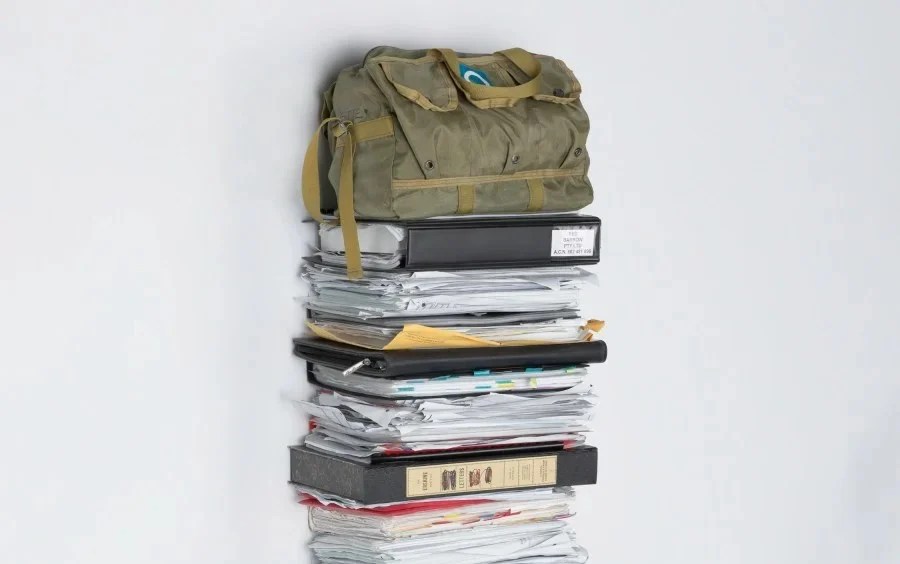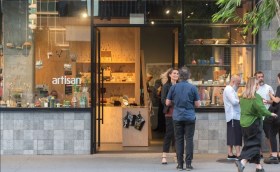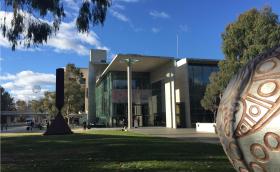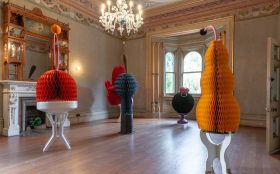Content warning: The following story discusses suicide and domestic abuse.
In May this year, artist Kat Rae was announced as the winner of the 2024 Napier Waller Art Prize for her work, Deathmin (2023), an installation comprising the ephemera of “post-death admin” that Rae inherited after the suicide of her veteran husband Andrew in 2017.






